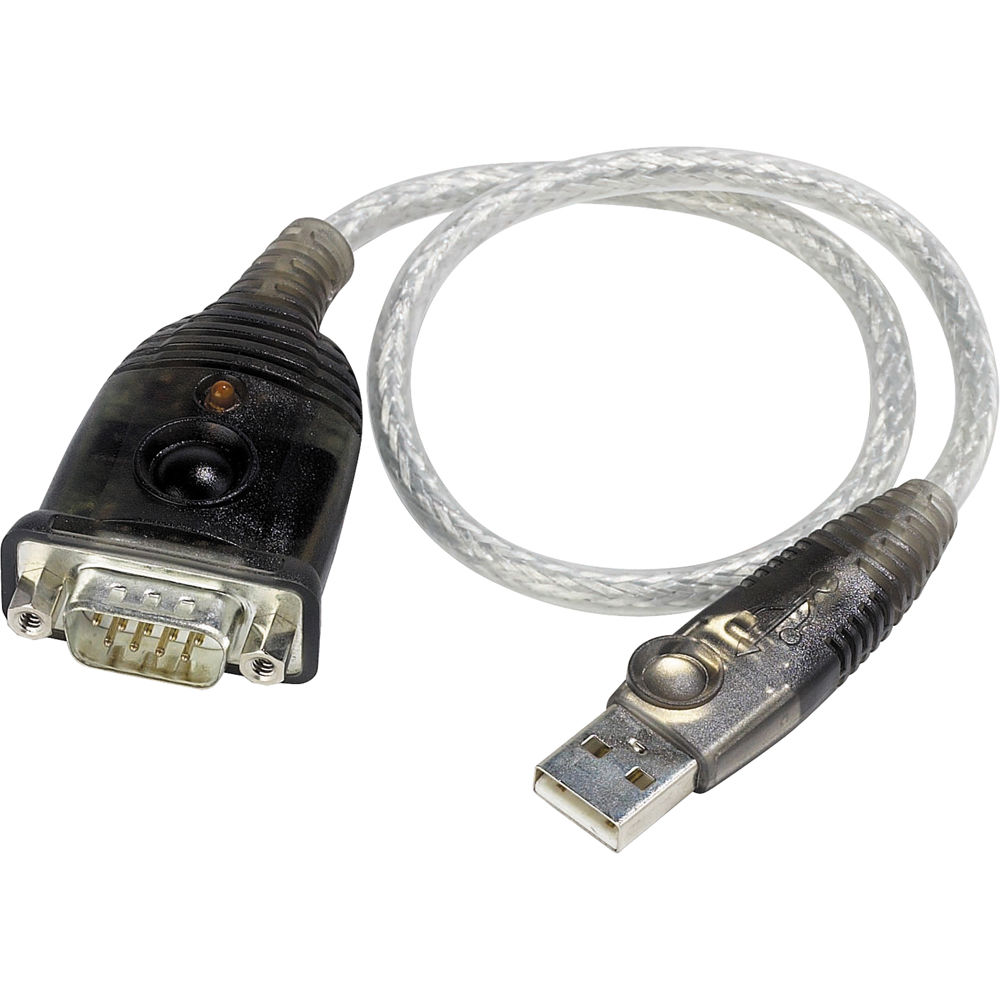Windows
Visual Productions Usb Devices Driver Updater
Welcome to Getting Started with IVI Drivers: Your Guide to Using IVI.NET Drivers with Visual C# and Visual Basic.NET. This guide introduces key concepts about IVI drivers and shows you how to create a short Visual Studio project using an IVI.NET Driver. The guide is part of the IVI Foundation’s series of guides, Getting Started with IVI Drivers. AMD Rolls Out Its First 2021 Graphics Driver - Get Radeon 21.1.1 Intel Adds Support for Iris Xe Max Graphics (DG1) - Get Version 27.20.100.9168 The New RTX 461.09 Graphics Driver Adds Support for NVIDIA’s A40 GPU.
Install Driver For Usb Device
There are two Prerequisite Files that are required for running the device drivers on a Windows computer. You may be prompted during the drivers installation process to install the following files if your computer is missing them:
.NET Framework 4.7.2
Microsoft Visual C++ 2017 Redistributable .x86 (for 32-bit and/or 64-bit systems)
To download the latest version of the Windows LibreView Device Drivers, please click here.
MacOS

To download the latest version of the MacOS LibreView Device Drivers, please click here.

Once downloaded, open the Device Drivers file and follow the instructions in the set-up window that will appear. You will be able to successfully upload devices into LibreView once the drivers are installed. It is recommended to restart your computer after you finish the installation.
Download
Tutorials
Documentation
Tools
Open Usb Device
This tutorial explains how to install the Android ADB USB driver manually. Follow it if the automatic installation fails.
- If yon don't have Android SDK installed, please install it first.
- Open Start menu. Select Android SDK Tools -> SDK Manager. Right-click on it and select 'Run as Administrator'. Running SDK Manager as Administrator is very important. If you just click on it, the SDK manager will start, but will encounter errors when you try to install new components!
- In the SDK Manager select 'Extras->Google USB Driver'. Enable the checkbox and click 'Install 1 Package'.
- When the Google USB driver is installed, plug in your device.
Warning: The driver won't install automatically. We will do it manually in the next steps. - Open the System Properties dialog (press Win+Break on the keyboard or locate 'Computer' in Start Menu, right-click on it and select 'Properties'.
- Click on the 'Device Manager' link.
- In the Device Manager locate your Android device. Then right-click on it and select 'Update Driver Software'.
- Select 'Browse my computer for driver software'.
- Select 'Let me pick from a list of device drivers on my computer'.
- Select 'Show All Devices'.
- Press the 'Have Disk' button.
- Enter the path to the Google USB driver. Normally it is located in the following directory:C:Program Files (x86)Androidandroid-sdkextrasgoogleusb_driver
- Select 'Android ADB Interface' from the list of device types.
- Confirm the installation of the driver by pressing 'Yes'.
- Confirm the installation again by pressing 'Install'.
- When the installation is done, press 'Close'.

